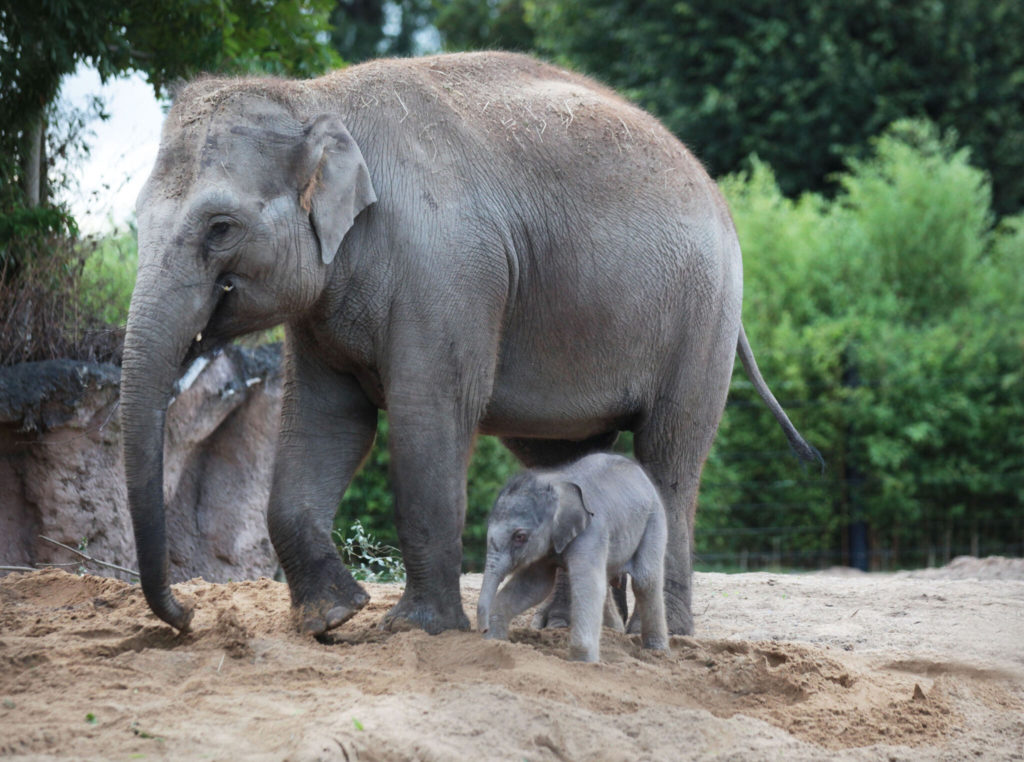TWO elephants have died at Dublin Zoo due to a fatal virus despite an international effort to save the animals.
Zinda, a seven-year-old Asian elephant, died on July 7, due to Elephant Endotheliotropic Herpesvirus (EEHV), the zoo has confirmed.
On July 1 Avani, an eight-year-old Asian elephant, died from the same disease.
In a statement, the zoo said it was “devastated” by the losses.
“EEHV is an unpredictable and fatal virus affecting young elephants both in the wild and under human care,” they explained.
Both Avani and Zinda were receiving around the clock care at the zoo, from its veterinary team and also from international experts, but their conditions deteriorated quickly.
 Two young Asian elephants have died at Dublin Zoo
Two young Asian elephants have died at Dublin Zoo“In an unprecedented effort to save Zinda, both the Irish and UK governments facilitated the urgent importation of vital blood products and other essential supplies from Chester Zoo to provide the antibodies and help fight the infection,” the zoo confirmed.
“We fervently hoped this would have helped save Zinda’s life,” they added.
“We are profoundly grateful to Chester Zoo for their unwavering support during this critical time.
“A special thank you also goes to An Garda Síochána, who escorted the blood products from Dublin Port to the zoo.”
Currently, the other elephants in the zoo’s herd are not showing signs of EEHV, but they are being “closely monitored” the zoo explains.
EEHV is a virus which affects young elephants, both in the wild and under human care, but poses no health risk to humans.
It often lies latent in elephants and can be triggered without warning, as the virus is carried asymptomatically by many, the zoo explains.
“Our EEHV response plan remains in place to protect the remaining members of our herd,” they add.
“The support and advice from the international veterinary and elephant communities has been extraordinary.
“The quick progression of the virus in Zinda underscores the challenges of managing this disease, even with the highest standards of care and vigilance.
“Global efforts are ongoing to develop an EEHV vaccine. Zoos and wildlife researchers worldwide are working tirelessly to find a solution to safeguard the future of the elephant population.”

